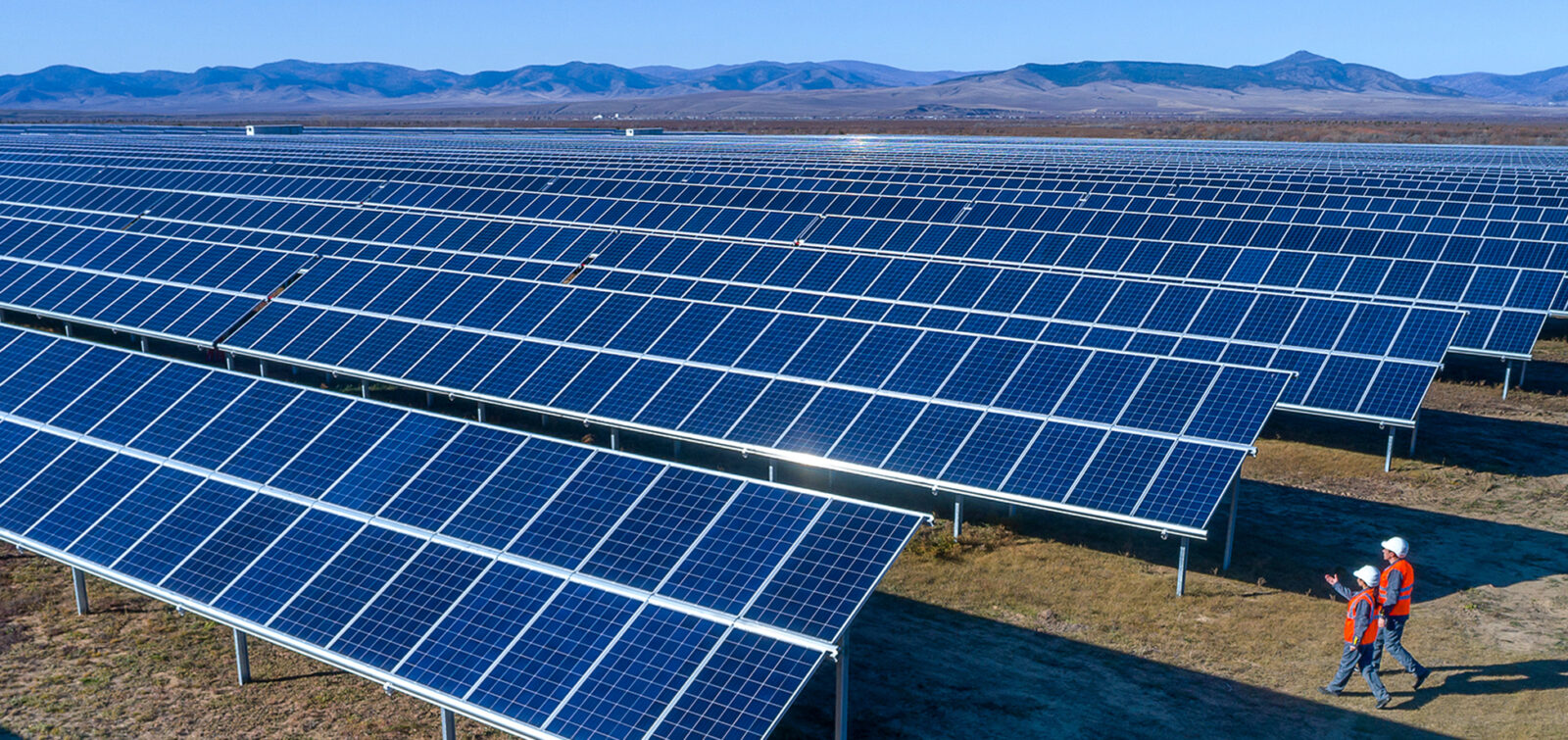Originally constructed in 1952, the Southeast Treatment Plant in San Francisco’s Bayview neighborhood receives 80 percent of the city’s wastewater and stormwater flows, treating 60 million gallons per day (mgd) on average.
During a rainstorm, this flow quadruples, reaching up to 250 mgd. In an area where the next 6.0 or greater magnitude earthquake isn’t a matter of “if” but “when,” the San Francisco Public Utilities Commission (SFPUC) implemented the Sewer System Improvement Program (SSIP) in August 2012—a 20-year citywide $2.7 billion improvement program to upgrade aging infrastructure in terms of seismic retrofitting, efficiency, reliability, and more.
At the Southeast Plant, one of the SFPUC’s three sewer treatment facilities, the improvements include the new Biosolids Digester Facilities Project (BDFP). The BDFP will replace outdated solids treatment facilities with more reliable, efficient, and modern technologies, including new digesters and new facilities to capture and treat odors more effectively. The new system will maximize energy recovery for the production of heat, steam, and electrical power, which will more than offset the system’s energy demand. In addition, the BDFP will make several “good neighbor” improvements: locate the digesters farther away from residences, limit project-generated odors to the Southeast Plant fence line, and make visual improvements in and around the Southeast Plant.
ESA+Orion JV prepared the Environmental Impact Report (EIR) for the BDFP (certified in March 2018) to address potential environmental impacts as required by the California Environmental Quality Act (CEQA).
The SFPUC asked ESA to prepare its first-ever Environmental Justice Analysis for Bayview-Hunters Point (EJ report) to address socioeconomic topics and related environmental and health burdens, including an in-depth evaluation of the project in light of SFPUC’s Environmental Justice Policy, its Community Benefits Policy and Program, and the Southeast Community Mitigation Agreement that followed expansion projects at the Southeast Plant in the 1970s and 1980s. This neighborhood, home to a historically large African-American population, is situated near the Hunters Point Naval Shipyard as well as a number of other industrial uses that have caused concerns for the community’s environmental health over the years.
Partnering with the Community
One of SFPUC’s priorities was to acknowledge and include information produced by past grassroots community efforts to explore environmental justice. The initial steps in developing the EJ report began with an in-depth analysis of existing conditions in Bayview-Hunters Point by reviewing prior reports by community groups and city departments (e.g., public health, environment, transportation) and data from the U.S. Census Bureau and California Environmental Protection Agency’s CalEnviroScreen tool.
Beyond the standard environmental justice analysis that describes the community’s minority population and low-income status (the typical indicators used to identify a community where environmental justice may be a concern), this report then dives deeper into the existing environmental justice challenges facing the Bayview-Hunters Point neighborhood, in particular those related to pollution and environmental degradation, neighborhood infrastructure and the availability of services and community support, and demographics and health statistics.
To determine what indicators were of particular interest to the community and to identify existing data sources, SFPUC and ESA staff met with the SFPUC’s Citizens Advisory Committee and other neighborhood-specific committees. Committee members shared feedback prioritizing economic, educational, and air- and water-pollutant-related indicators, and provided important perspective about measuring and evaluating burdens such as nuisance odors. Community meetings were ongoing and continuous throughout the process, where we provided updates on the report and described in detail how their input was implemented.
Looking Ahead for the BDFP
At the EIR certification hearing in March, Harlan Kelly, SFPUC General Manager, and Commission members praised the ground-breaking EJ report, public outreach, and community benefit process. The SFPUC had already been making strong and deliberate efforts to engage with the community members at a meaningful level for years, and their hands-on approach made the EJ report even more of a success; it was truly a culmination of all of SFPUC’s efforts.
In fact, no one spoke out against the BDFP at the hearing meeting; if anything, the community expressed an eagerness to get it started. To say this is an unusual public response for a wastewater treatment plant project located near a residential neighborhood is an understatement.
To learn more about the EJ report process and how our team managed the EIR and EJ report in conjunction, please reach out to Alisa Moore and Jill Hamilton.







